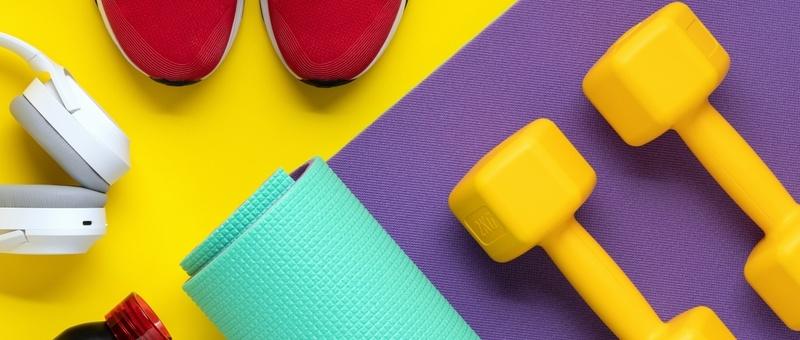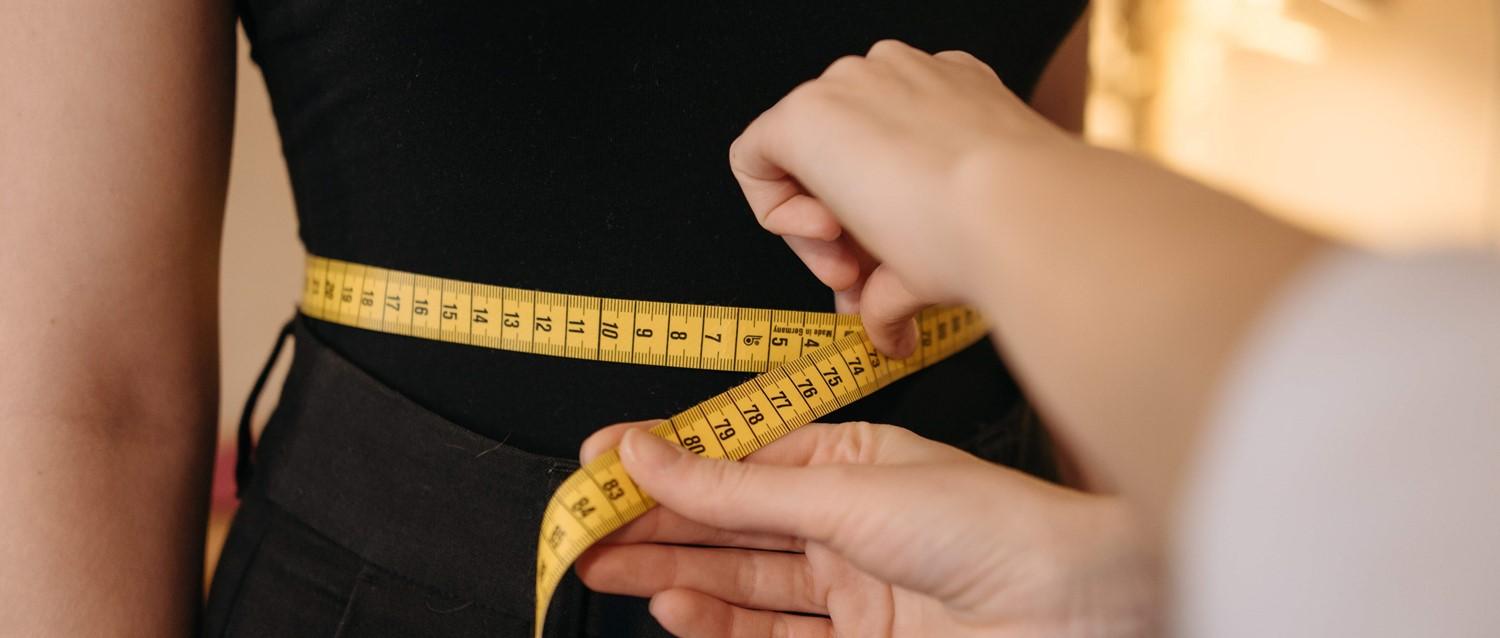
What can a simple Sit-to-Stand test tell you about your health?
Peer reviewed by Dr Colin Tidy, MRCGPAuthored by Victoria RawOriginally published 20 Oct 2025
- HerunterladenHerunterladen
- Teilen Sie
- Sprache
- Diskussion
You may have heard of something called the Sit-to-Stand test. It’s often used by health professionals to see how easily you can move from sitting to standing and back again. While it might sound like a basic way to measure health, it can actually reveal a lot. This simple movement carries important clues about how well your body is working and whether it might need a few adjustments to keep you functioning at your best.
In diesem Artikel:
Lesen Sie unten weiter
What is the Sit-to-Stand test?
Put simply, the Sit-to-Stand test is a timed exercise where you stand up and sit back down again. It’s straightforward, safe, and provides valuable insight into how your body is working now, and how it might affect your health in the future.
Cara D’Orazio, a certified personal trainer and accredited sports conditioning specialist through the American College of Sports Medicine (ACSM), Huntington, USA, explains that the Sit-to-Stand test is exactly as the name suggests.
“It sounds simple, but that’s the point,” says the founder of C.G.M. Fitness, Inc. “Professionals such as doctors and even personal trainers use it because it shows so much about how your body’s actually working in real life.
“It’s like a ‘snapshot’ of how well you manage everyday stuff - getting off the couch, stairs, and things like that.”
What does the sit-to-stand test measure?
The Sit-to-Stand test looks at various parts of your physical health - such as leg strength, balance, posture, stamina, and overall mobility.
Kaleigh Ray, a biomechanist and certified exercise physiologist, based in Utah, USA explains that the Sit-to-Stand test is widely used in both healthcare and fitness settings to assess a range of physical abilities.
Dazu gehören:
Strength.
Coordination.
Balance.
Posture.
Biomechanics - how your body's built, how it functions, and how it moves.
Ray explains that she uses the Sit-to-Stand test with new clients to check joint alignment at the knees and hips. This helps her to identify weaknesses, imbalances, and compensations.
“I use this test in conjunction with a walking or running gait analysis to find areas that could be improved with strength training and gait retraining,” she says. “I’m also assessing whether they have the strength, balance, and coordination to complete the movement.
“If the client is hesitant to do the test, that could be another indication that they are experiencing pain or need to improve their trust in their current strength.”
How to do the sit-to-stand test
The Sit-to-Stand test comes in a few different versions, each aimed at assessing different aspects of your body’s function.
Dr Micheal Genovese is Chief Medical Advisor at AscendantNY in New York City, USA. He explains each type of test, including what it’s used for:
30-second - how many times a person can rise to full standing and sit back down in 30 seconds. This measures muscular endurance of the lower body and functional capacity.
5-times - how long it takes a person to complete 5 full sit-to-stand cycles. This can measure lower body strength and power, and dynamic balance.
Ten-times - similar to the five-times but with 10 cycles, this measures strength and muscular endurance.
One-minute - how many cycles a person can complete in 60 seconds. This measures endurance, strength, and cardiovascular response.
Genovese adds: “Sit-to-stand-to-sit with balance analysis uses sensors or force plates to analyse weight distribution, timing, and stability during each step. This measures balance, coordination, and biomechanics.
The Sit-to-Stand test is used by health professionals to assess specific aspects of your health. They are the best people to interpret the results.
However, if you’re curious about what the test involves, here’s a quick look at what to expect:
Sit on a straight-backed chair placed against a wall, with a firm seat and no armrests.
Place both feet flat on the floor with your knees bent at 90 degrees.
Rest your hands on your hips, or cross them over your chest - whichever will make you less tempted to use them during the exercise.
Without pushing off with your arms or hands, rise from the chair until your legs are fully straight.
Then keep sitting and standing - either as many times as you can or for the set number of repetitions or time required.
The test results are usually based on either how many repetitions you complete or the time it takes to reach the required number of sit-to-stands, depending on which version of the test you’re doing. A health professional will then interpret the results to help guide your health and fitness progress.
Ray cautions that some people may need additional equipment while performing this test.
“For example, an athlete who is currently participating in their sport will likely not need additional equipment,” she says. “However, an elderly or injured person may require a spotter - a person ready to support the participant if they fall or cannot complete the movement. They may also need something to hold on to or a mobility aid.”
Lesen Sie unten weiter
How to improve your sit-to-stand score
If a health professional feels your score highlights an area to improve to keep your body functioning well for longer, they may suggest certain exercises or strategies to help boost your sit-to-stand performance. Our experts explain what these adjustments might involve.
Focus on exercise
People who stay physically active usually perform better on the Sit-to-Stand test. One of the most effective ways to improve your score is by doing exercises that target specific areas of your body.
Genovese advises you to focus on the following:
Squats, step-ups, lunges - for lower body strength.
Planks, bird dogs - for balance and core stability.
Resistance band sit-to-stand - for power and speed.
Stair climbing, circuit training - for endurance and functional capacity.
Ray adds that leg raises and calf raises may be helpful, too.
She says: “I also recommend single-leg balance training that targets the hips and ankles - such as balance boards. Foam rolling, yoga, and stretching can improve your range of motion.”
Manage your weight
Weight can influence how challenging the Sit-to-Stand test feels, since carrying more weight can make each stand and sit more difficult.
Ray explains that people with overweight may have more trouble with the test, depending on their mobility and activity level.
“People who are underweight may also lack the muscle strength to complete the exercise,” she adds.
Fuel your body and prioritise sleep
While staying active can help keep your strength and stamina up, Genovese emphasises that quality sleep is key for muscle recovery. He also notes that mental health plays an important role in your power, endurance, and coordination.
Genovese and D’Orazio both stress that good nutrition powers your muscles. Incorporating protein, micronutrients, and antioxidants into your meals helps keep your muscles strong and supports recovery.
How quickly you see improvement in your Sit-to-Stand score depends on the guidance from your health professional and the specific area you’re working to improve.
Ray explains that if you’re fairly active, you could see improvements in your Sit-to-Stand test with a few rounds of practice.
“Cues from a coach or trainer could also lead to fast improvements,” she adds. “Neuromuscular adaptations happen quickly, allowing you to learn new movement patterns. Deficits in strength or balance will take longer. I encourage my clients to stick to a training program for at least six weeks before they expect noticeable improvements.”
Patient picks for General health and lifestyle

Gesundes Leben
Workouts am Wochenende können für Ihre Gesundheit ausreichen
A new study finds that getting 150 minutes of moderate-to-vigorous physical activity over 1 to 2 days is as good as spreading it over a week. This 'weekend warrior' approach to exercise can significantly improve your health and even lower your chance of dying early.
von Victoria Raw

Gesundes Leben
Was Ihr Taillenumfang über Ihre Gesundheit aussagt
Wir alle wissen, dass unser Körper überschüssige Kalorien, die er nicht verbrennt, als Fett speichert, wenn wir sie zu viel zu uns nehmen. Viele von uns sind sich auch ihrer Problemzonen bewusst - vielleicht neigen wir dazu, an den Oberschenkeln oder um die Mitte herum an Gewicht zuzulegen. Ein wenig zusätzliches Gewicht schadet unserer Gesundheit vielleicht nicht, aber woher wissen wir, ob wir uns noch in einer gesunden Zone befinden?
von Gillian Harvey
Artikel Geschichte
Die Informationen auf dieser Seite wurden von qualifizierten Klinikern geprüft.
Nächste Überprüfung fällig: 20. Oktober 2028
20 Oct 2025 | Originally published
Verfasst von:
Victoria RawPeer-Review durch
Dr. Colin Tidy, MRCGP

Fragen, teilen, verbinden.
Stöbern Sie in Diskussionen, stellen Sie Fragen, und tauschen Sie Erfahrungen zu Hunderten von Gesundheitsthemen aus.

Fühlen Sie sich unwohl?
Beurteilen Sie Ihre Symptome online und kostenlos